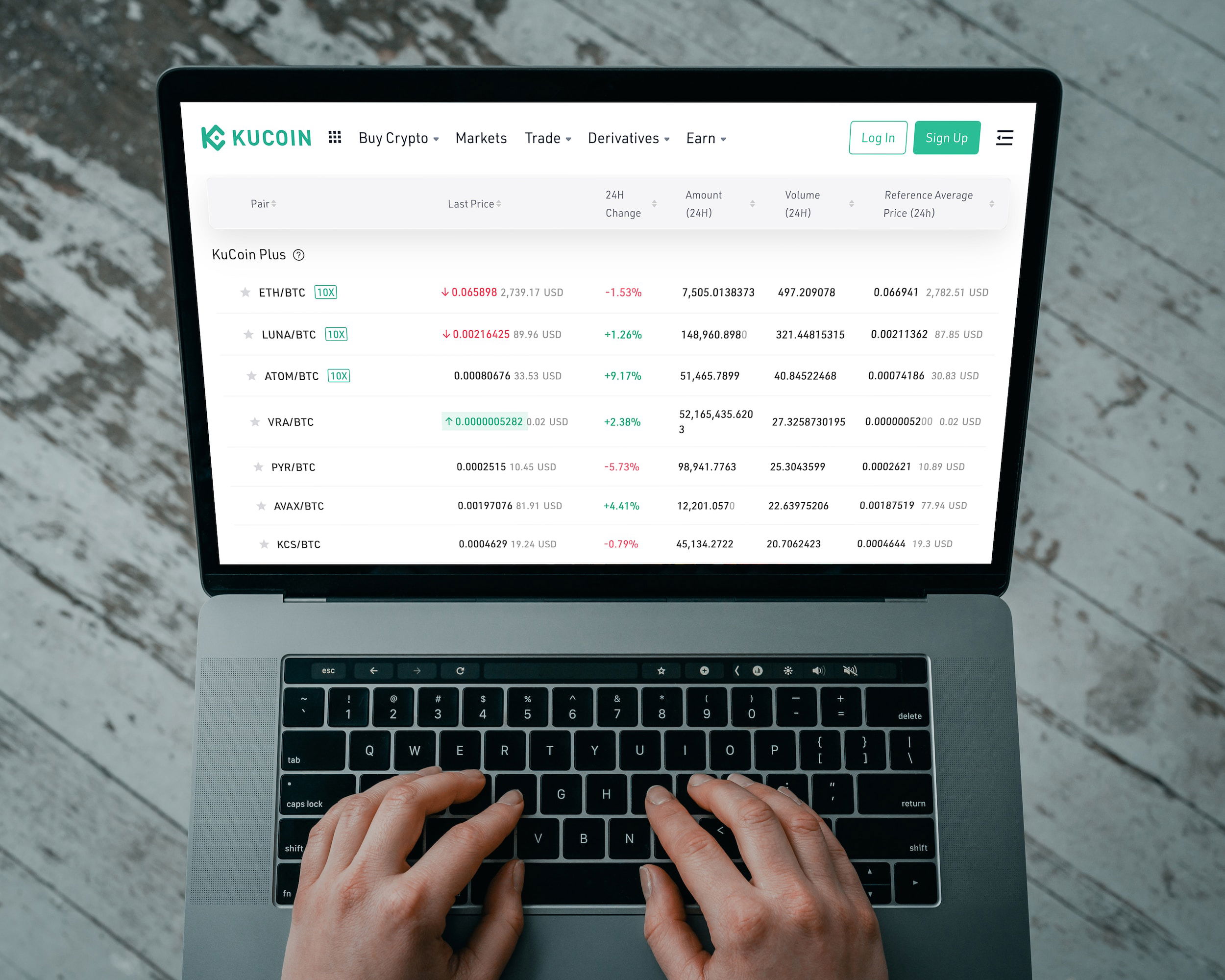10 Essential Tips for Effective Asset Management

Asset management is a crucial aspect of any business or organization.
It involves managing the entire lifecycle of an asset, from acquisition to disposal.
Effective asset management can help businesses optimize the use of their resources, reduce costs, and improve operational efficiency.
However, managing assets can be a complex task, especially when organizations have a large number of assets spread across multiple locations.
To help businesses maximize the value of their assets, we have compiled a list of 10 essential tips for effective asset management:
1. Create a comprehensive inventory: The first step in effective asset management is to create a comprehensive inventory of all your assets. This includes physical assets such as equipment, vehicles, and buildings, as well as intangible assets such as intellectual property and software licenses. Having a complete and up-to-date inventory will help you keep track of your assets and make informed decisions.
2. Use asset management software: Investing in asset management software can greatly simplify the task of managing your assets. Asset management software allows you to track assets, schedule maintenance, and generate reports. It can also help you identify underutilized assets and optimize their use. Look for software that is user-friendly, customizable, and offers robust reporting capabilities.
3. Implement a maintenance schedule: Regular maintenance is essential to keep your assets in good working condition and extend their lifespan. Implement a maintenance schedule that includes routine inspections, preventive maintenance, and repairs. This will help you avoid costly breakdowns and reduce downtime. Use your asset management software to schedule and track maintenance activities.
4. Ensure accurate asset data: Accurate asset data is crucial for effective asset management. Make sure that the information in your asset inventory is up-to-date and accurate. This includes details such as asset location, condition, purchase date, warranty information, and maintenance history. Regularly audit your asset data to identify and correct any inconsistencies or inaccuracies.
5. Optimize asset utilization: One of the key goals of asset management is to optimize asset utilization. This involves ensuring that assets are used effectively and efficiently. Identify assets that are underutilized or not being used at all. Consider redeploying or disposing of these assets to maximize their value. Use your asset management software to analyze asset utilization and make informed decisions.

6. Monitor asset performance: Tracking asset performance is vital for effective asset management. Monitor key performance indicators (KPIs) such as asset uptime, maintenance costs, and energy consumption. Regularly review these KPIs to identify trends, spot areas for improvement, and make data-driven decisions. Use your asset management software to generate performance reports and dashboards.
7. Implement asset tracking: Asset tracking involves using technology such as barcodes, RFID, or GPS to track the location and movement of assets. Implementing asset tracking can help you prevent asset loss or theft, improve asset visibility, and streamline asset management processes. Consider using asset tracking solutions that integrate with your asset management software for seamless tracking and reporting.
8. Train your employees: Effective asset management requires a knowledgeable and skilled workforce. Provide training to your employees on asset management best practices, including asset tracking, maintenance procedures, and data entry. Encourage employees to report any asset-related issues or concerns promptly. Regular training and communication will help ensure that everyone is aligned with your asset management goals.
9. Have a centralized system: Centralizing your asset management processes and information can greatly simplify asset management. Have a centralized system where all asset data, documentation, and maintenance records are stored. This will make it easier to access and update asset information, collaborate with team members, and generate reports. Your asset management software should provide a centralized platform for all asset-related activities.
10. Continuously improve: Effective asset management is an ongoing process. Continuously evaluate and improve your asset management practices. Regularly review your asset management system and processes to identify areas for improvement. Seek feedback from employees and stakeholders to gain insights and ideas for enhancing asset management. Stay updated with industry best practices and new technologies to ensure that your asset management practices remain effective and efficient.
By following these 10 essential tips, businesses can improve their asset management practices and maximize the value of their assets.
Effective asset management not only helps businesses save costs but also ensures that assets are utilized optimally and contribute to the organization's success.
THANKS
BY
MOKA
Comments